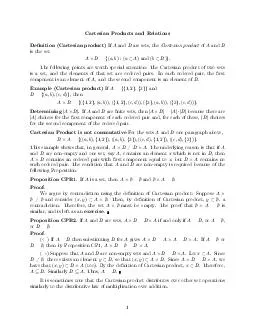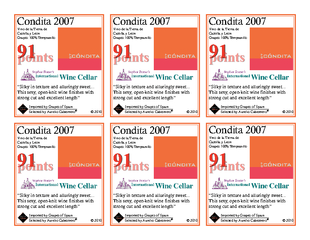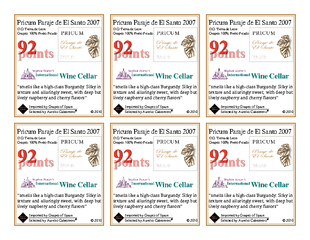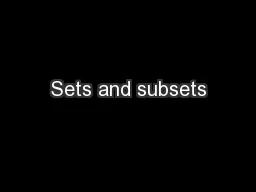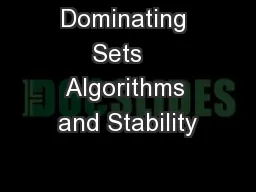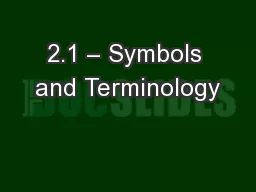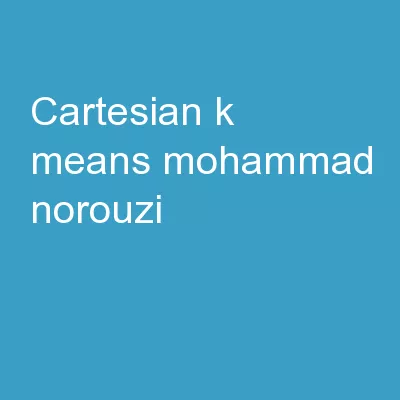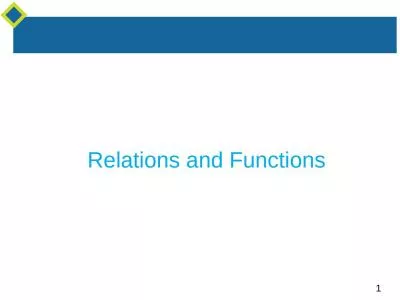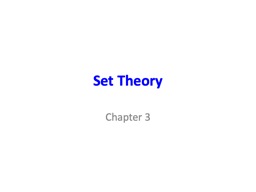PDF-Cartesian Products and Relations Denition Cartesian product If and are sets the Cartesian
Author : luanne-stotts | Published Date : 2014-12-12
In each ordered pair the 64257rst component is an element of and the second component is an element of Example Cartesian product If and ab cd then ab cd ab cd Determining
Presentation Embed Code
Download Presentation
Download Presentation The PPT/PDF document "Cartesian Products and Relations Denitio..." is the property of its rightful owner. Permission is granted to download and print the materials on this website for personal, non-commercial use only, and to display it on your personal computer provided you do not modify the materials and that you retain all copyright notices contained in the materials. By downloading content from our website, you accept the terms of this agreement.
Cartesian Products and Relations Denition Cartesian product If and are sets the Cartesian: Transcript
Download Rules Of Document
"Cartesian Products and Relations Denition Cartesian product If and are sets the Cartesian"The content belongs to its owner. You may download and print it for personal use, without modification, and keep all copyright notices. By downloading, you agree to these terms.
Related Documents

